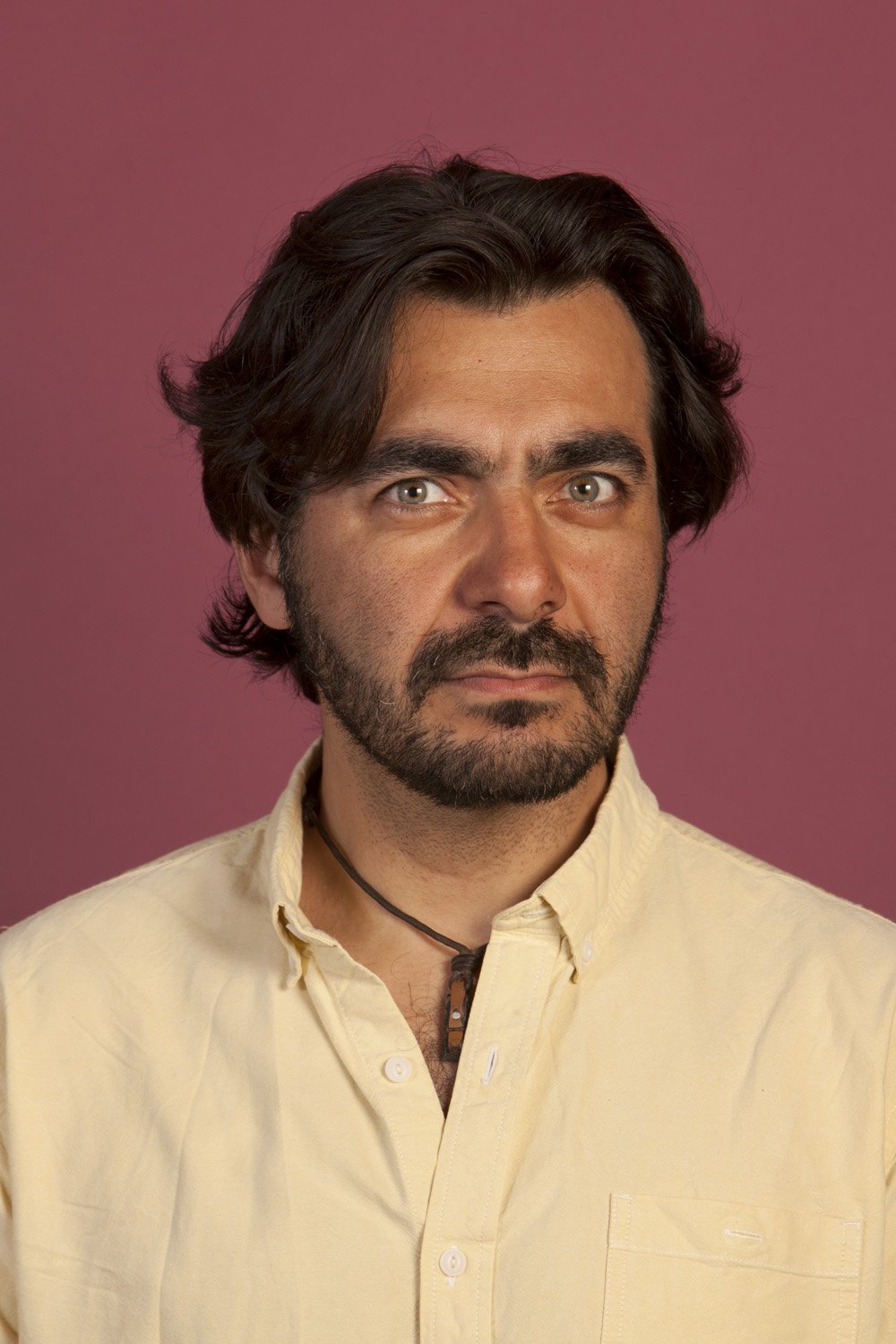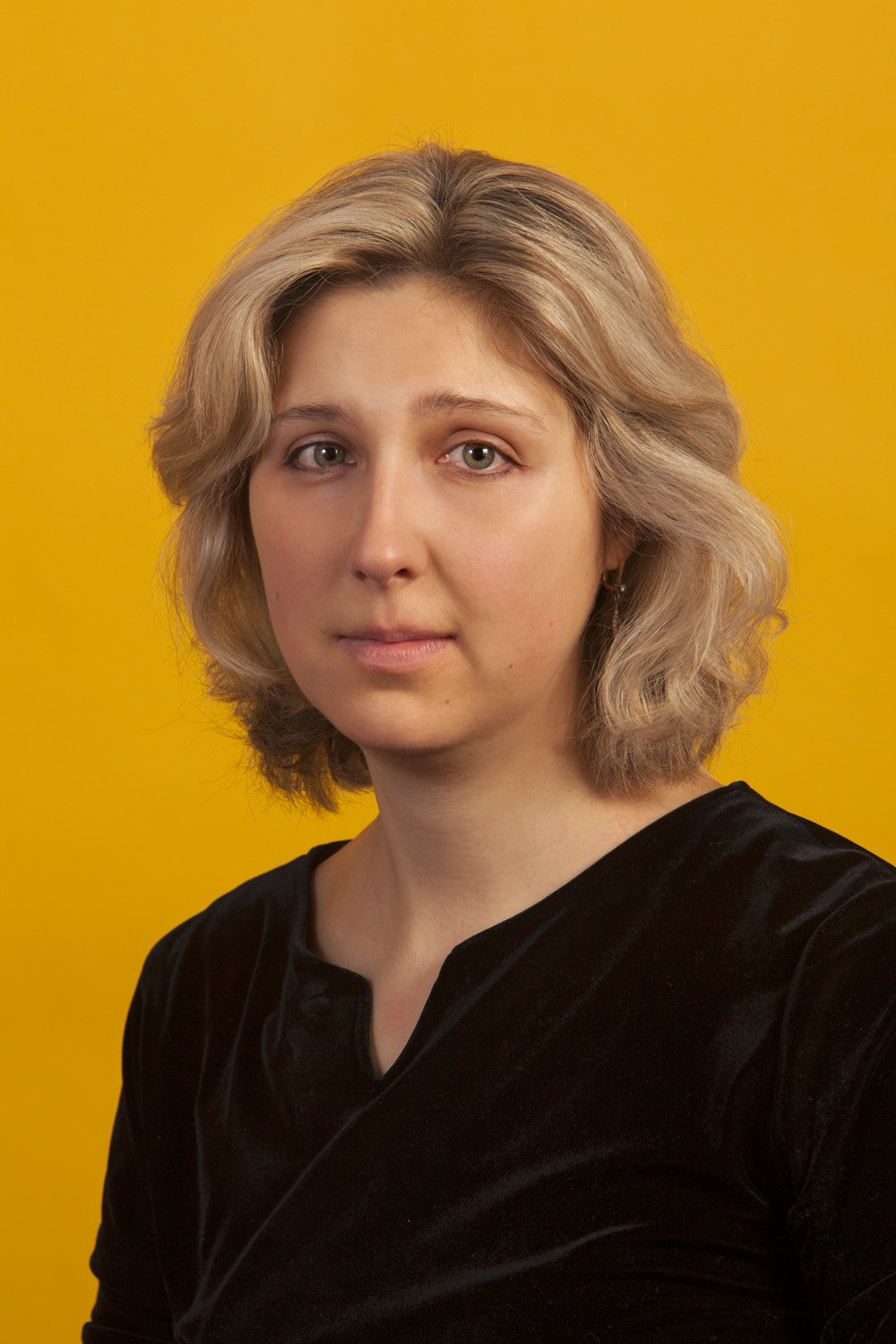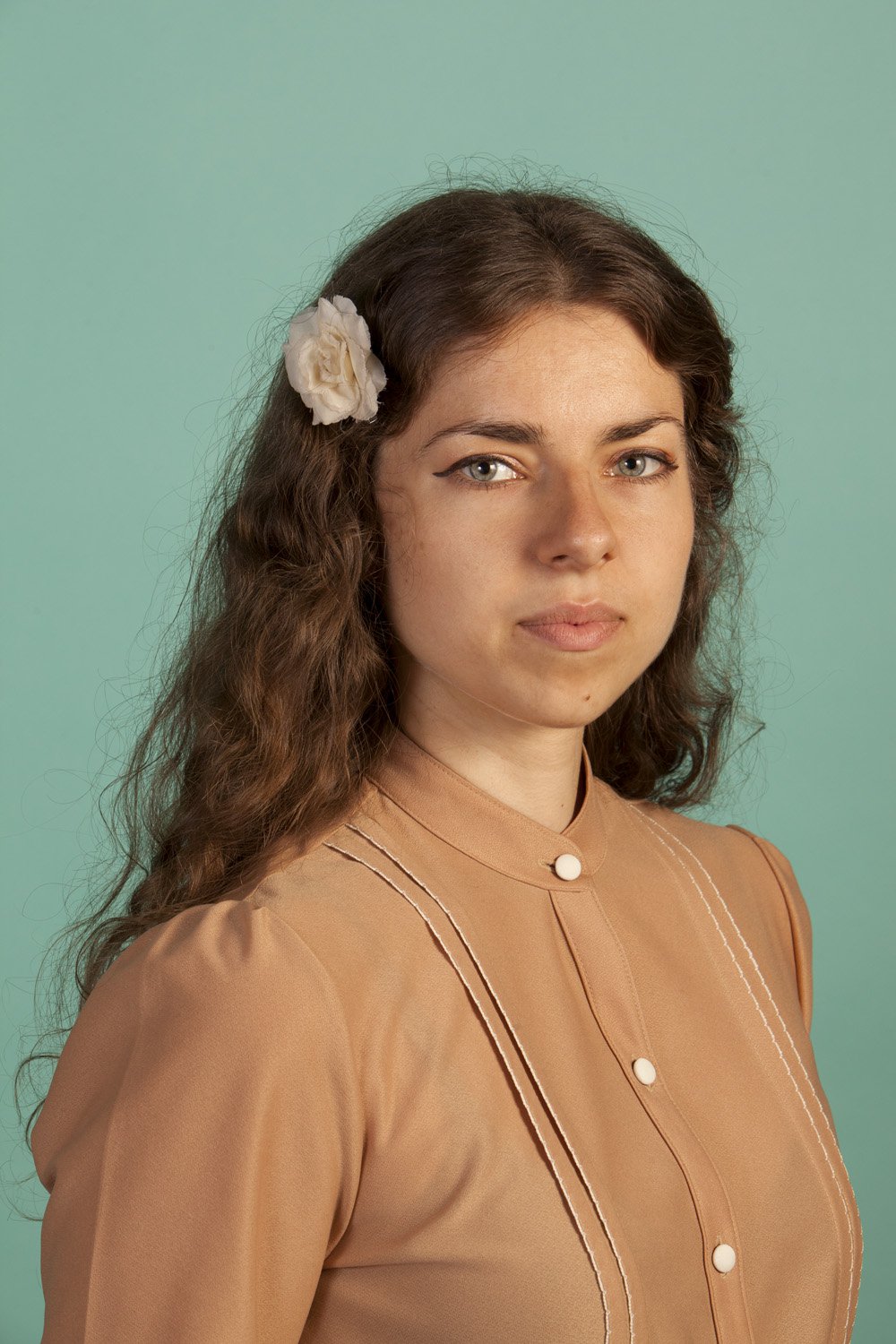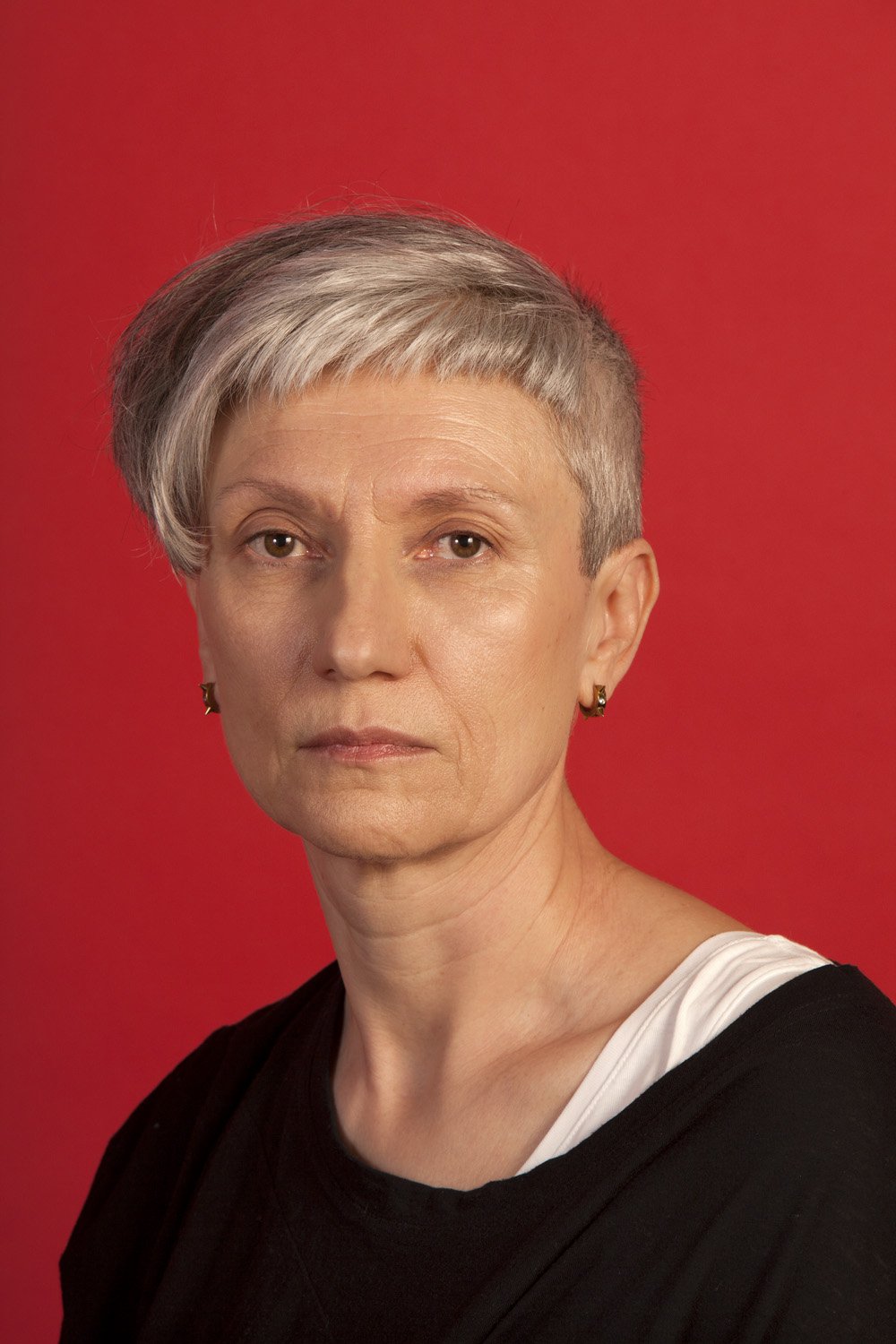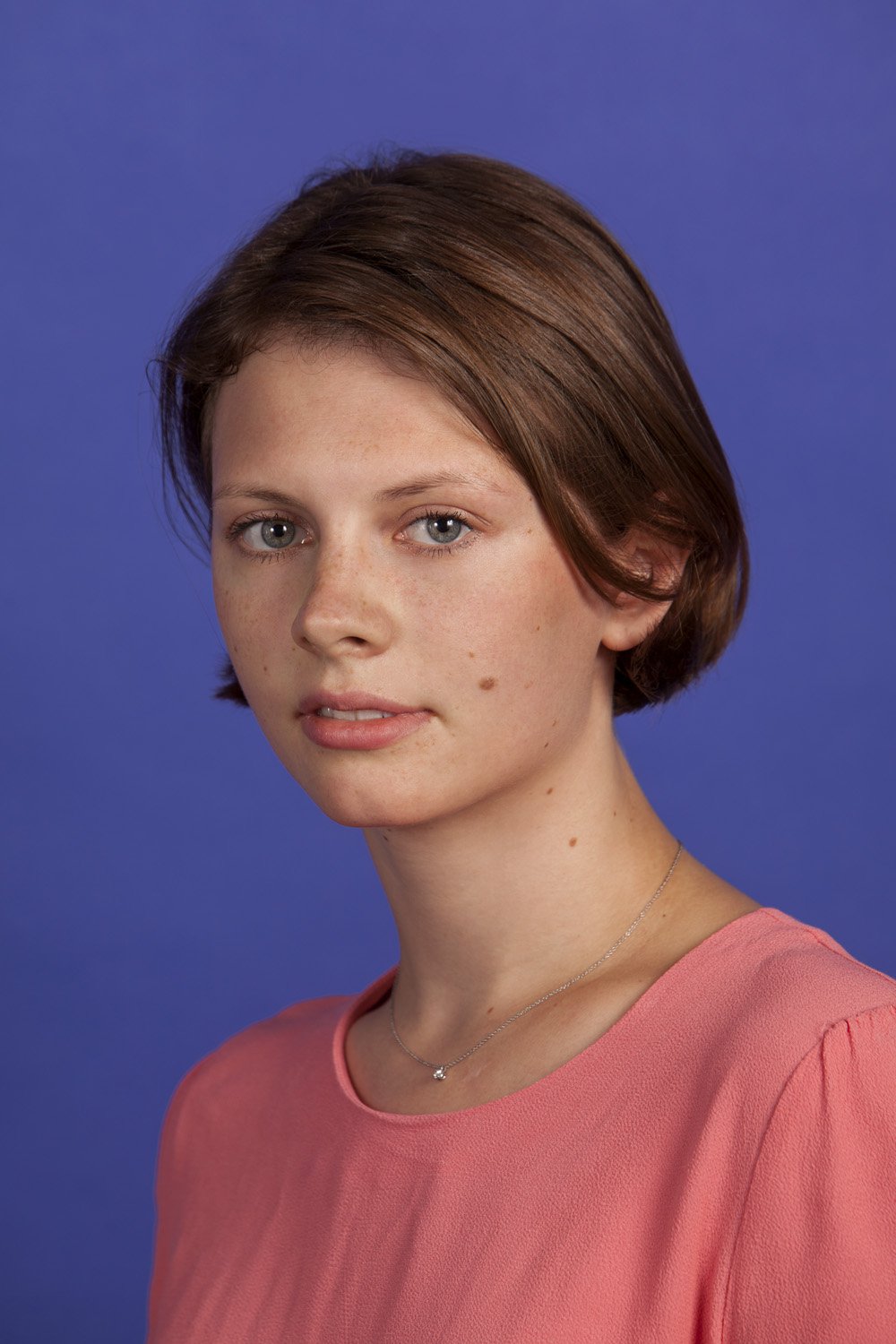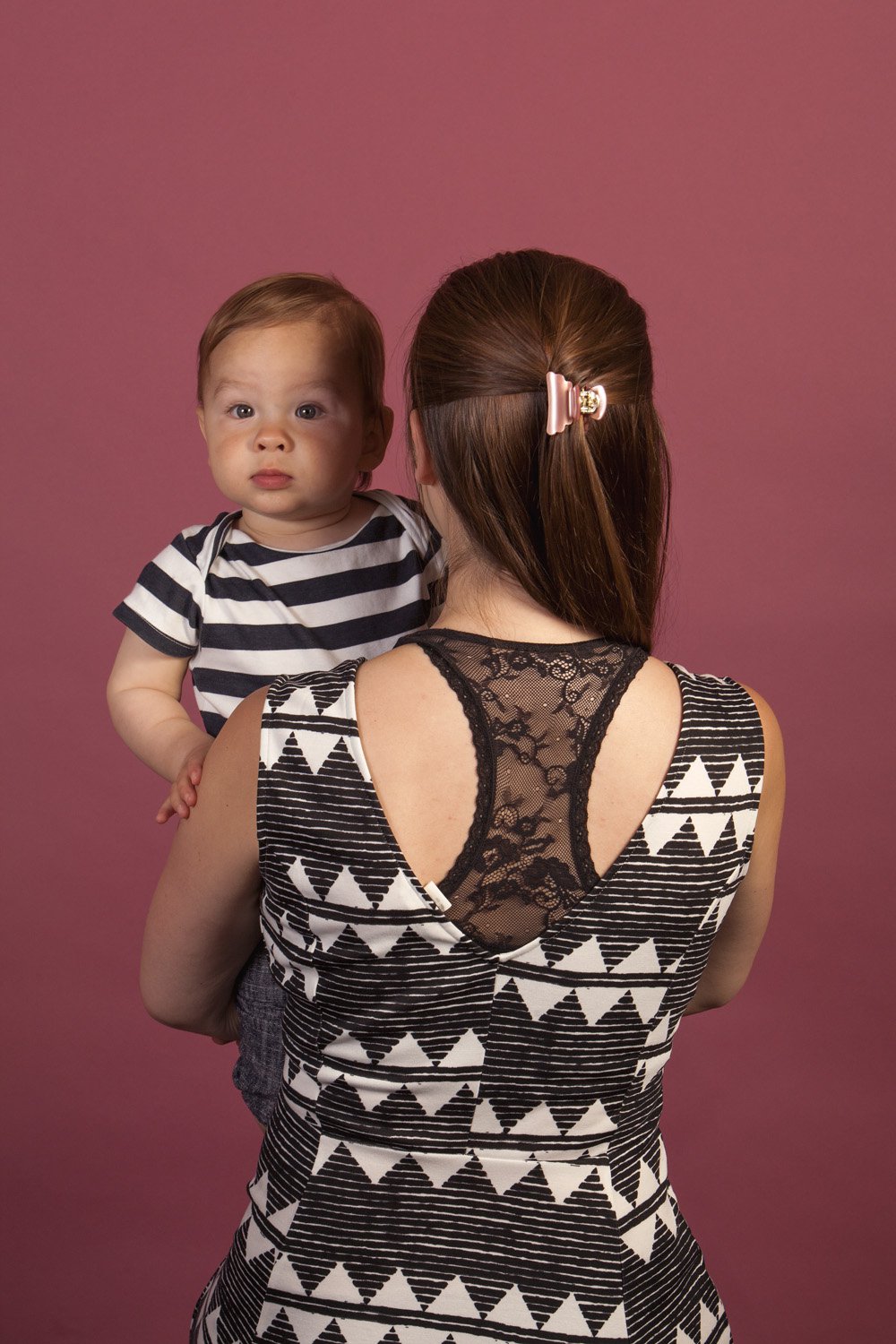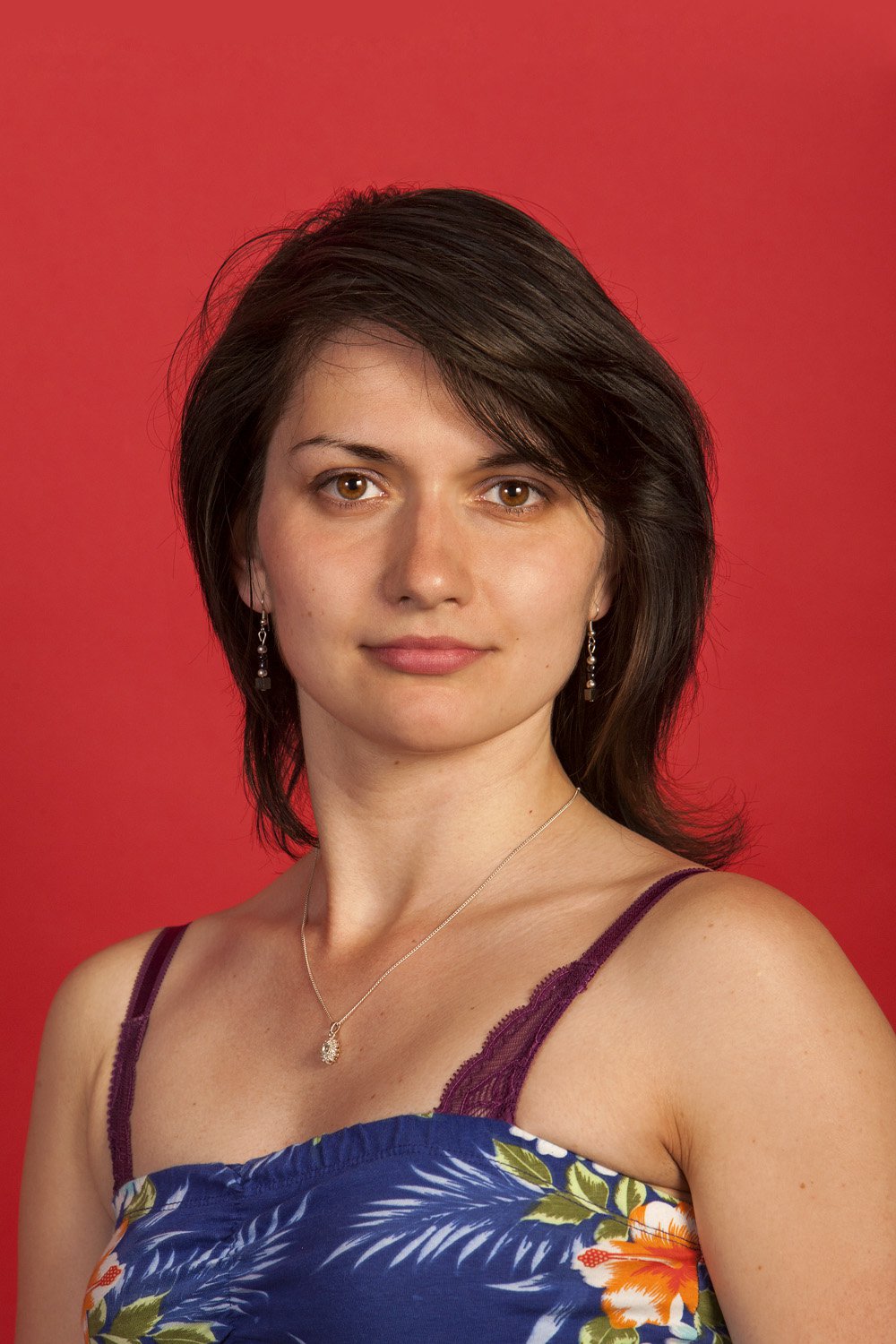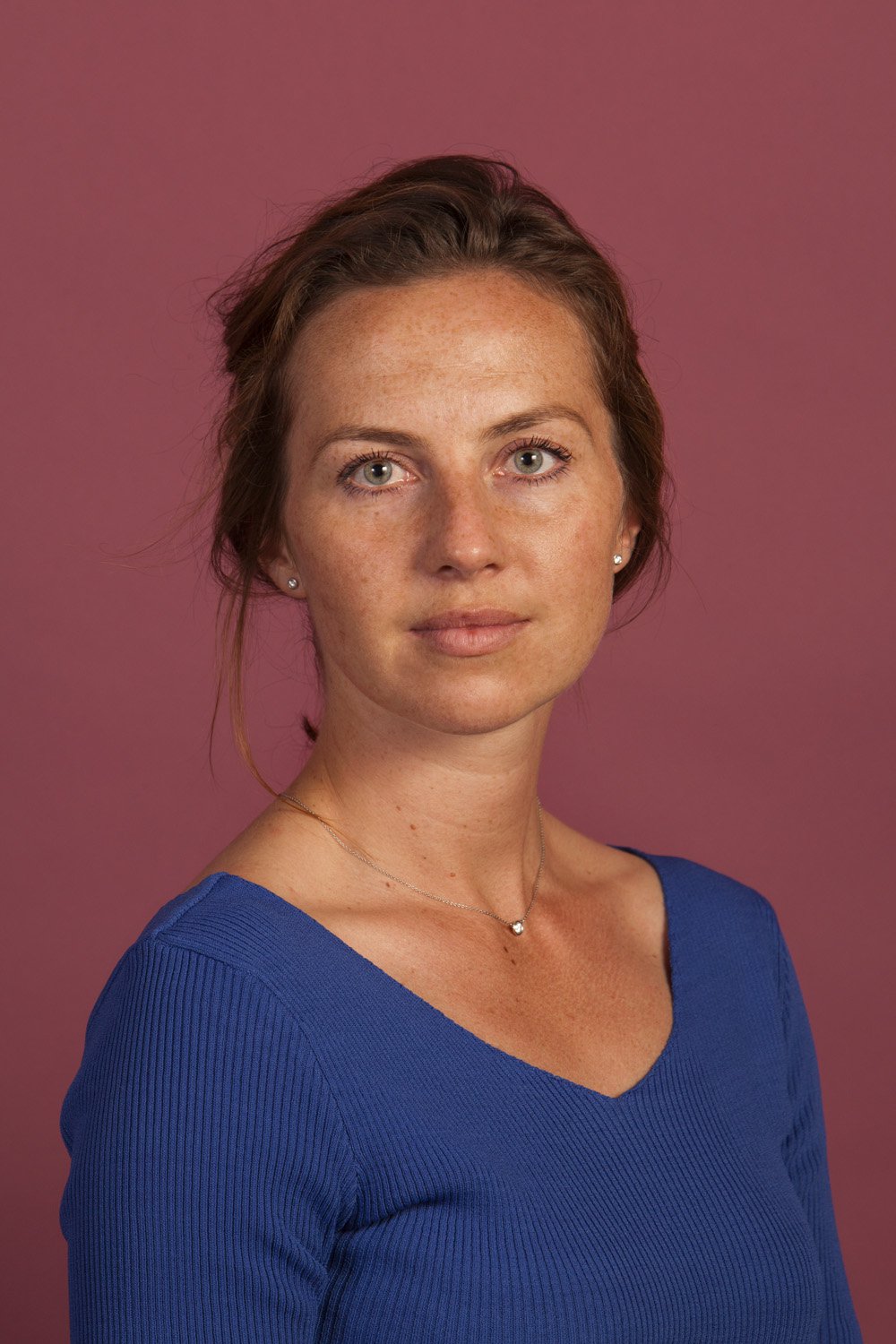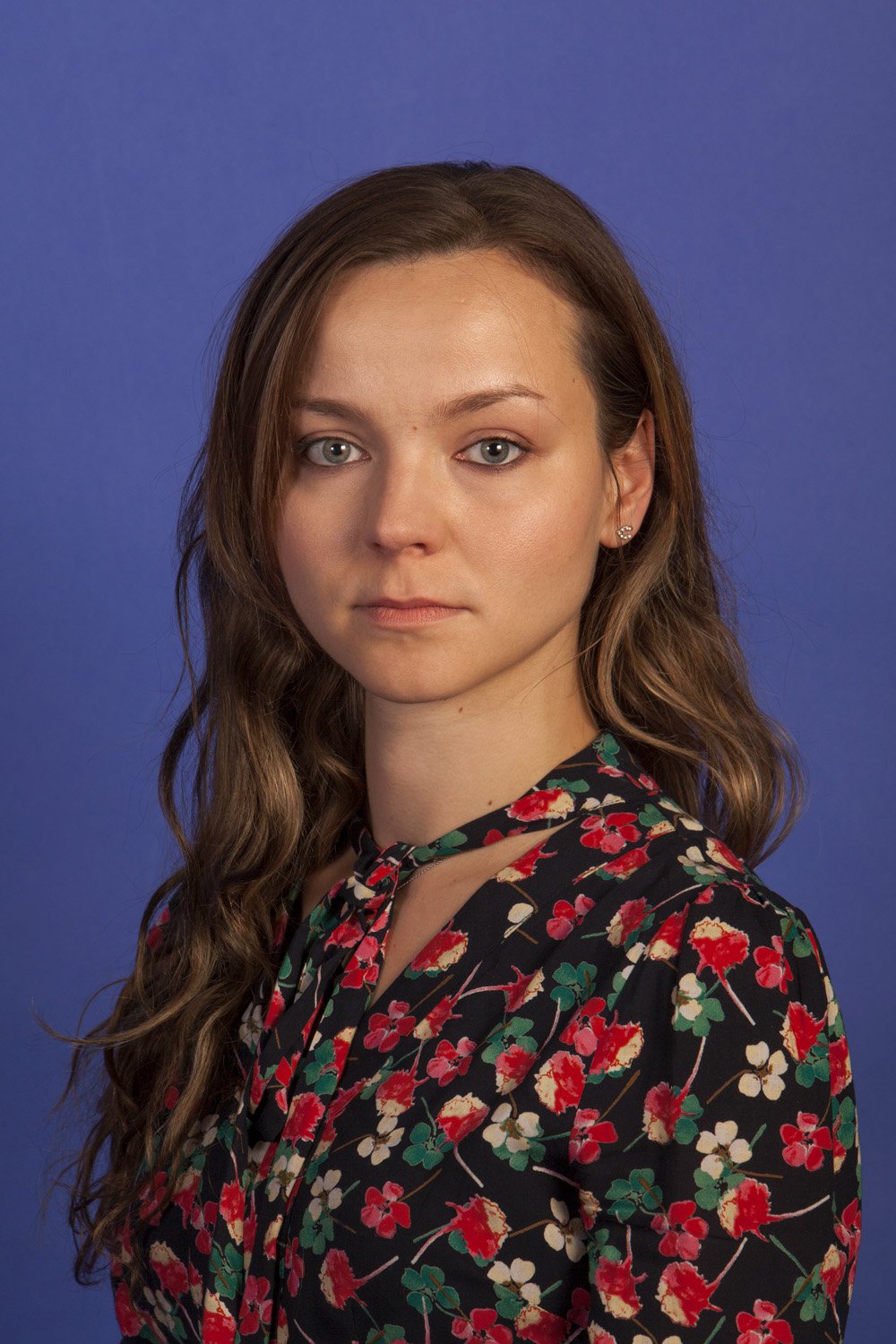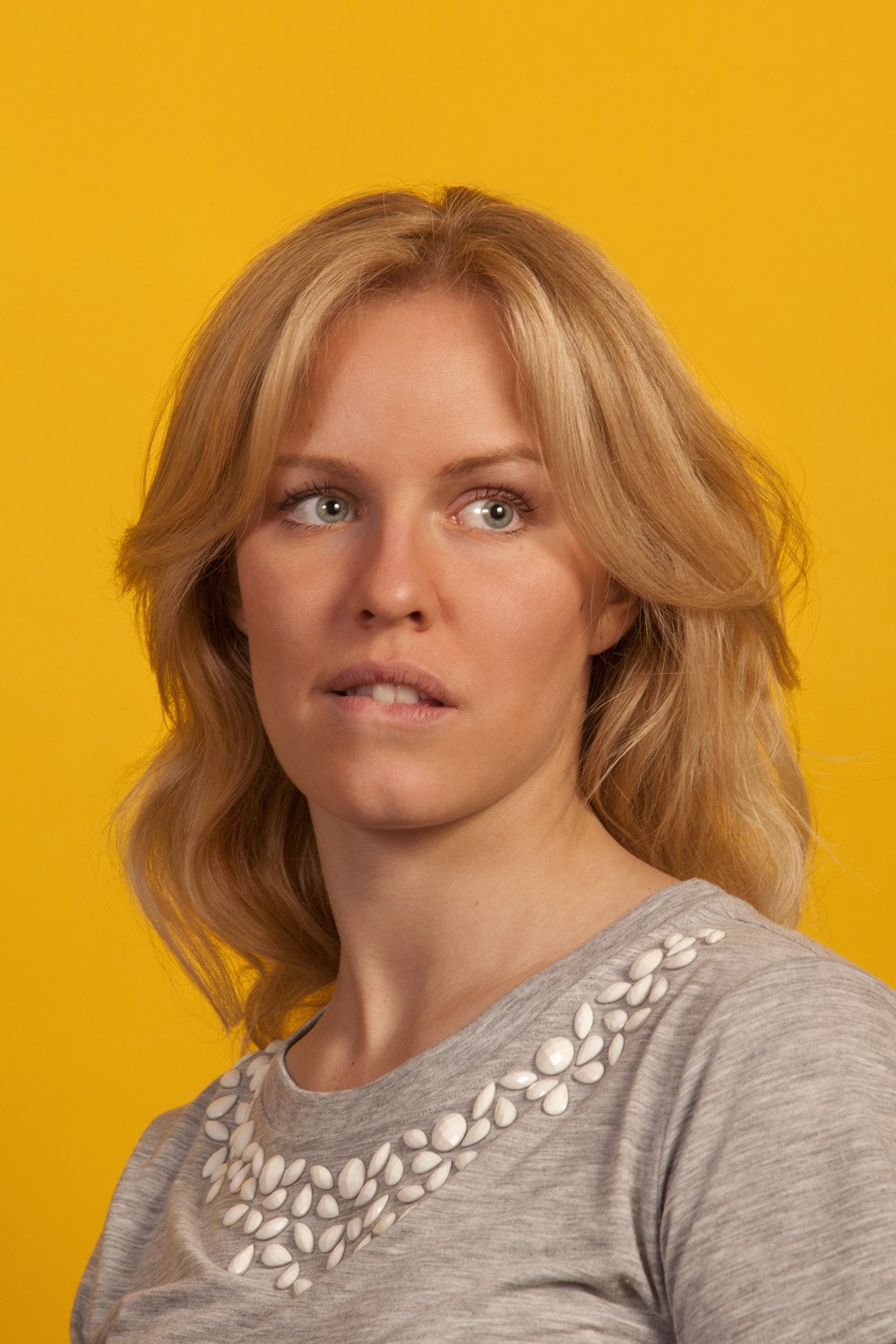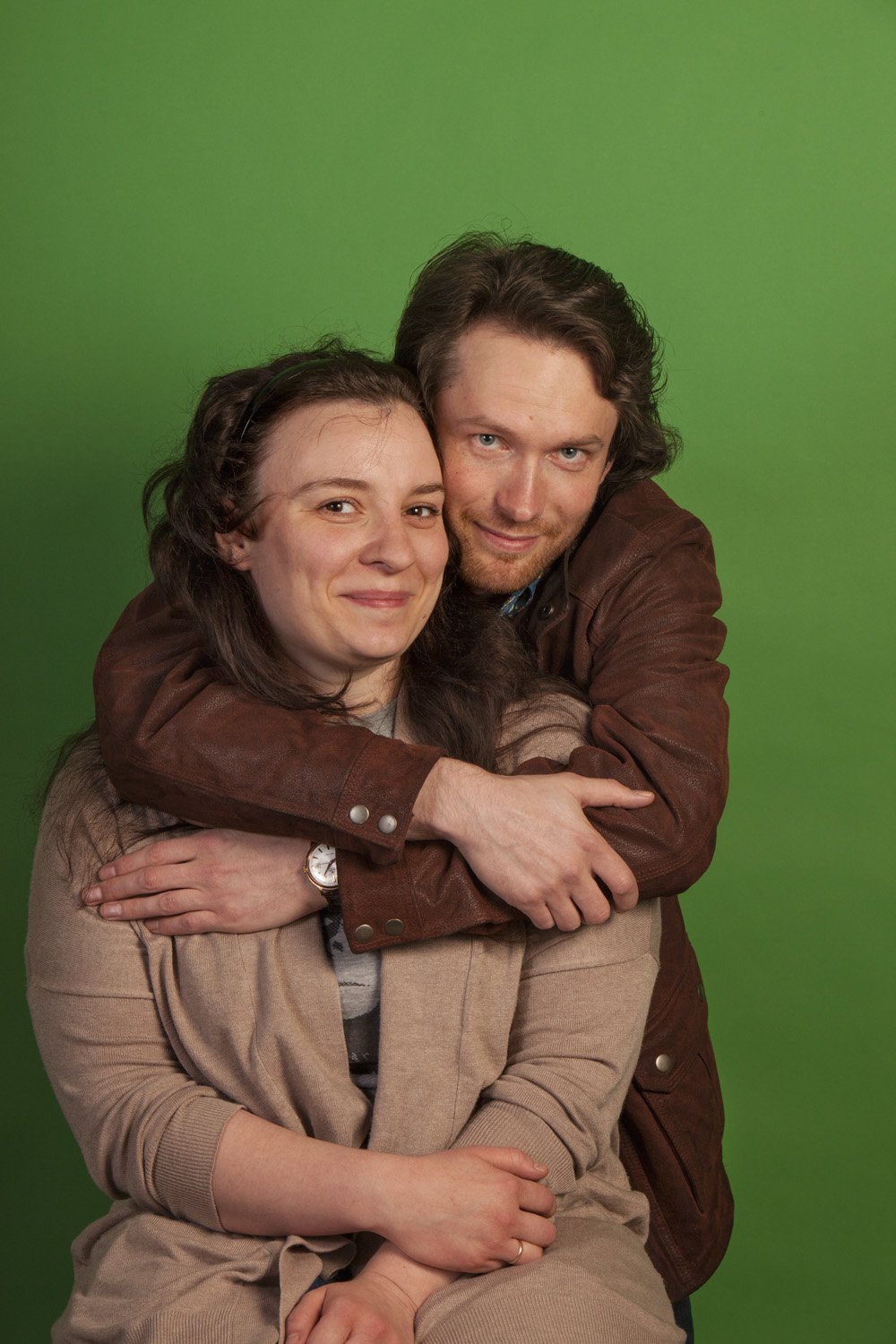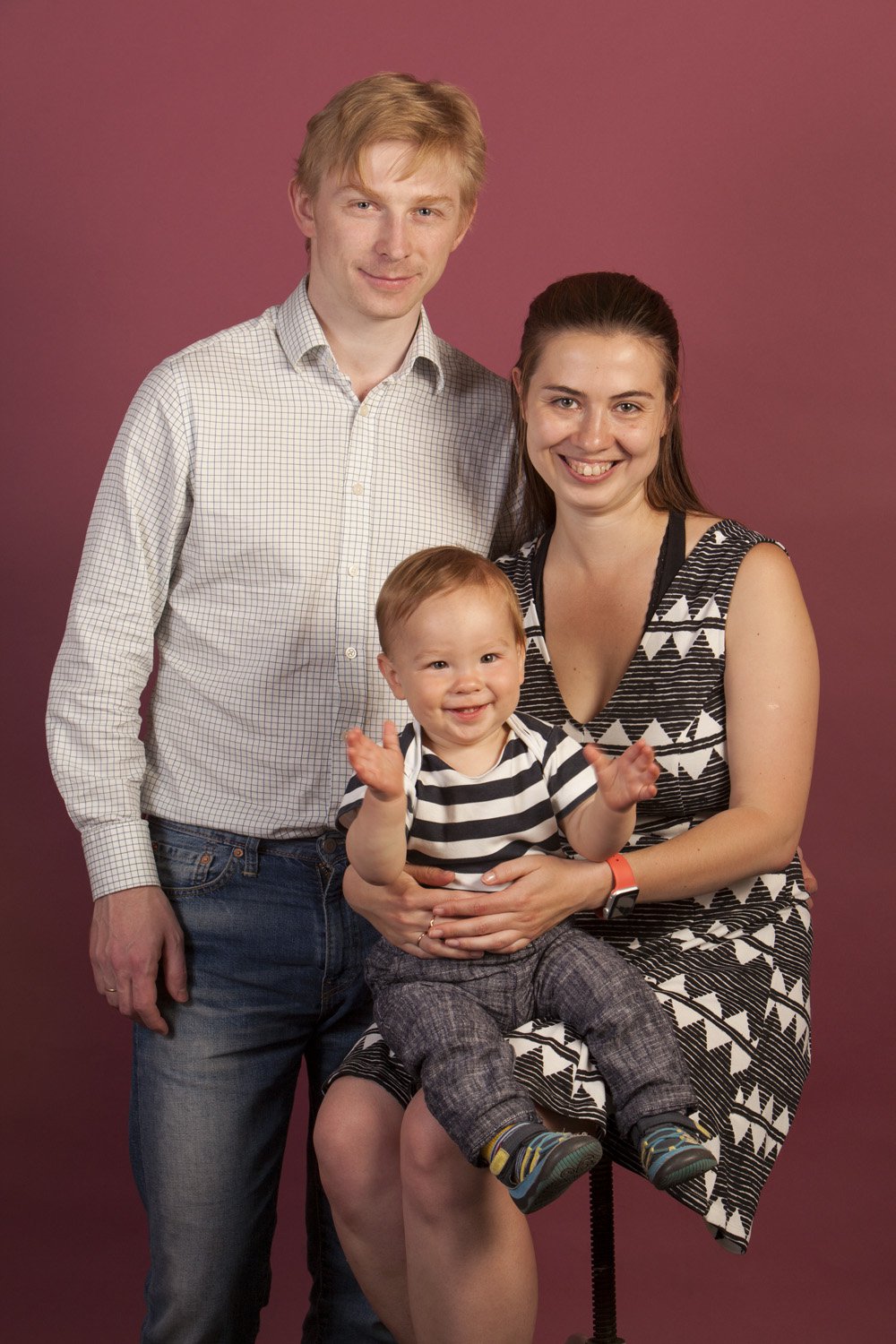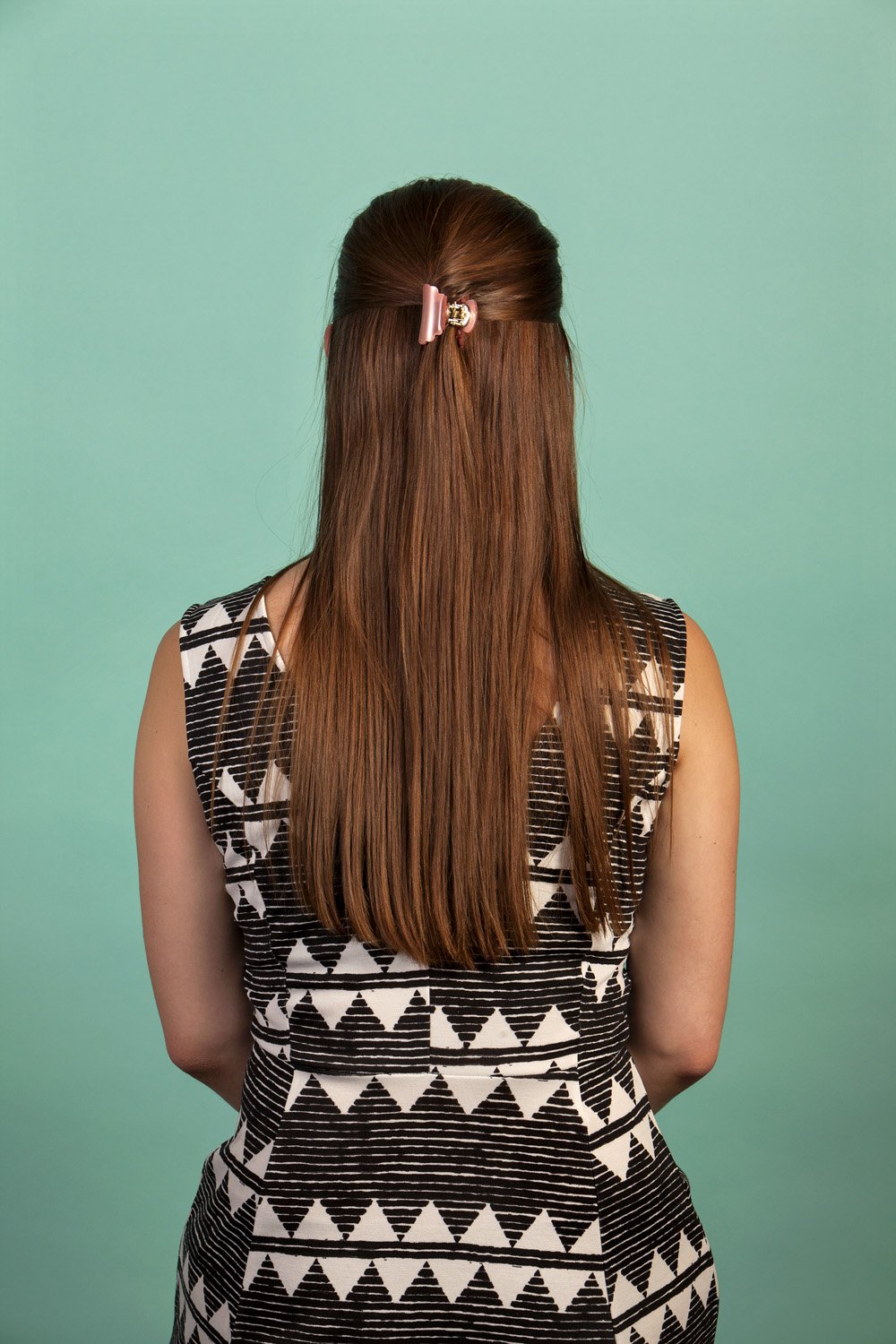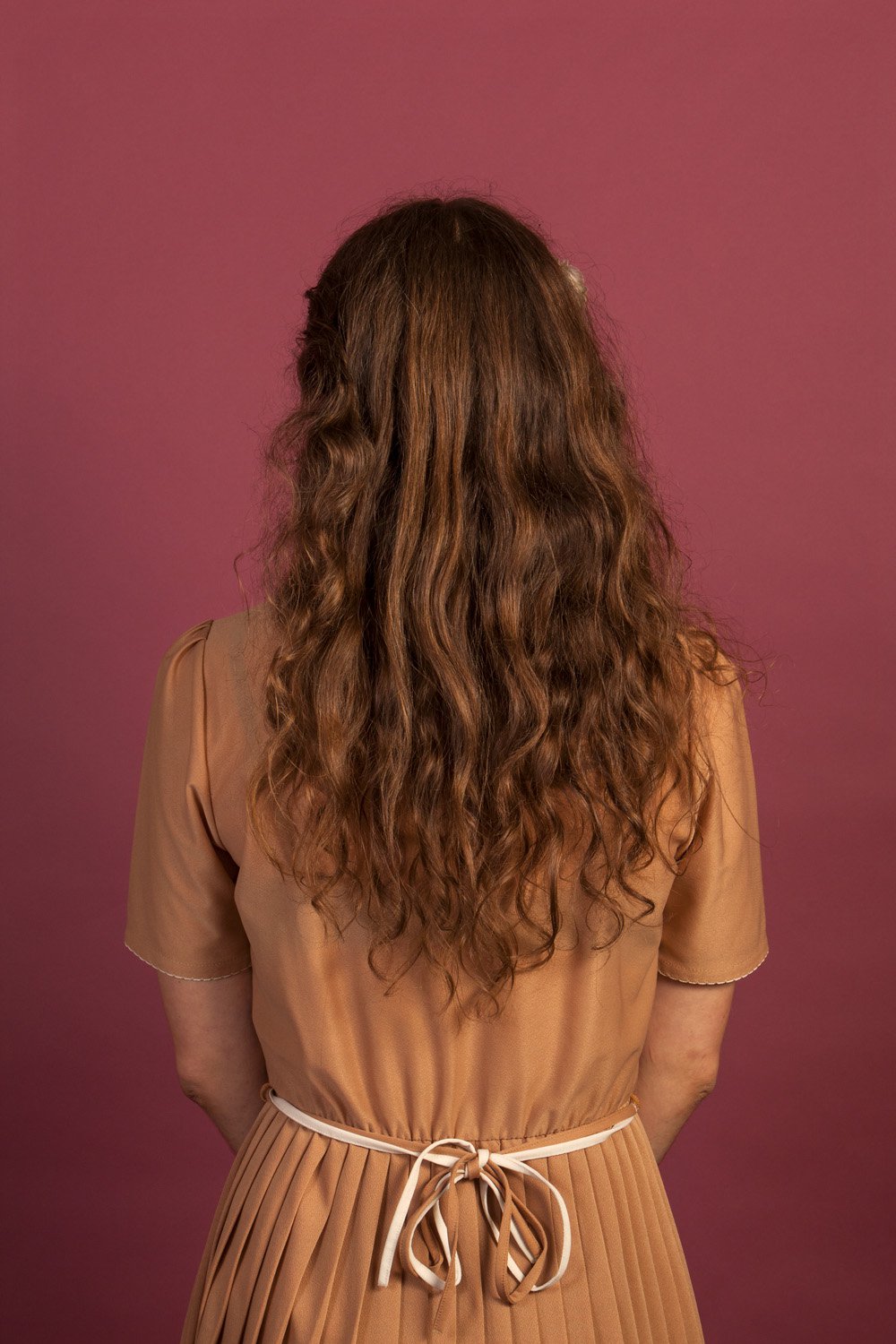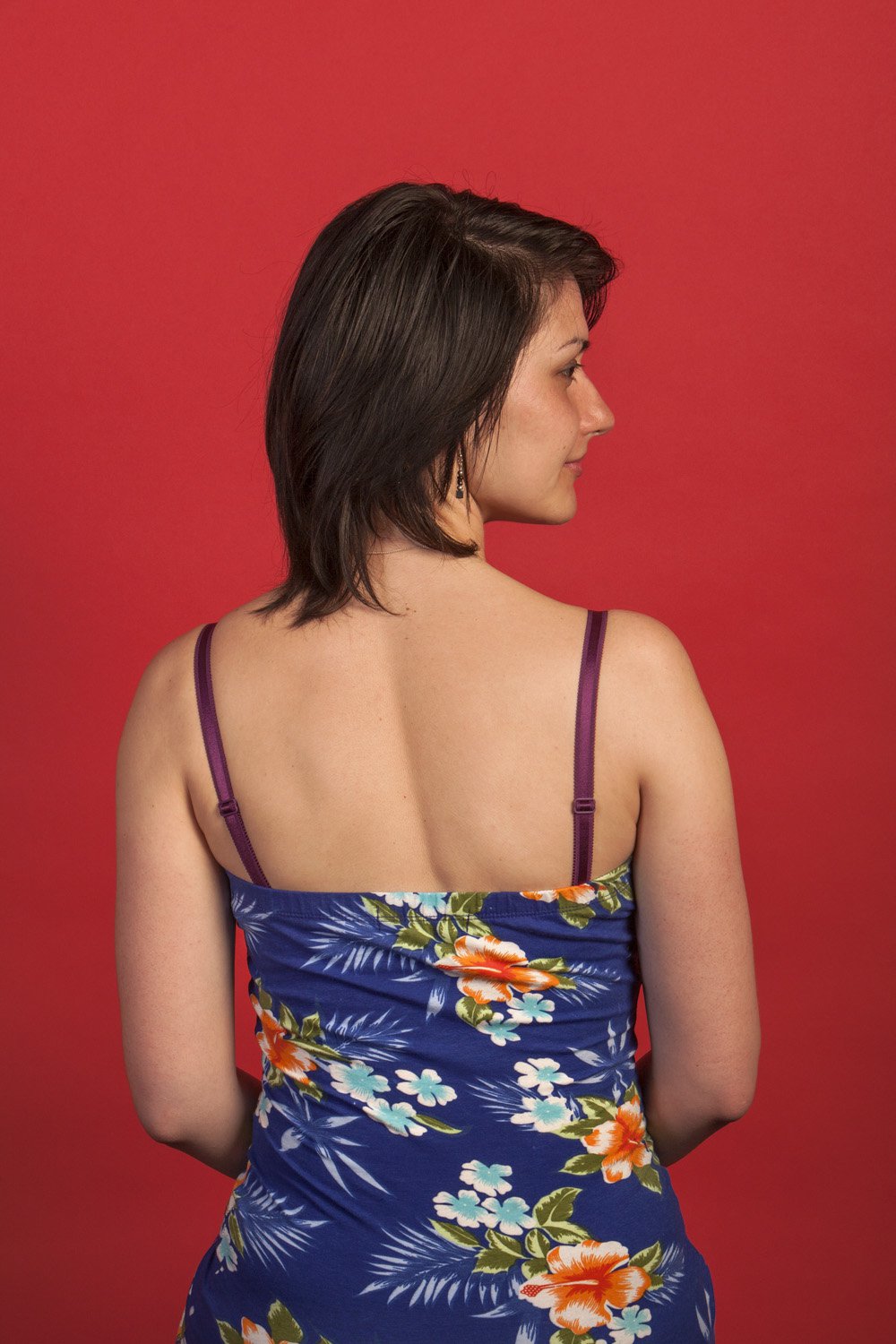The Bear
“The Bear”, by Anton Chekhov is a play that talks about gender equality and challenges common perceptions about men and women, the upper and the lower class, love and hate.
We are in Popova’s drawing room and she is mourning over the picture of her dead husband Nikolai. Haunted by her husband’s love escapades and ashamed to face the neighbors she locks herself inside her mansion. Whilst fighting to impose her right to mourn, she creates a distorted reality where everyone is an intruder: the lovers, the old friends, the neighbors, the maid, the cook, the officers, every man and every woman.
Studying the piece with Natalie Katsou, artistic director of Operaview, her decision to stage the opera by William Walton - adapted from Chekhov by Paul Dehn - at the Proud Archivist Gallery in July 2015, sparkled the idea to bring these peripheral yet crucial characters to life.
Following on the Russian roots of the original play, I photographed real people from the Russian community living in London. What is a typical Russian? Living in a multi-coloured metropolis like London, we are used to tag faces and form impressions based on “stereotypes”. We change our behaviour according to the face in front of us, or an “accent” we hear at the other end of the telephone line. We shape our illusions based on past experiences, the news, the social media feed or just a random cliché.
In order to infuse a timeless quality into the portraits, I photographed the participants in studio and in front of a simple background; a popular practice for family portraits from the 19th century up until the 90’s. The intense background colour, inspired by Russian Constructivism posters, elevates people to iconic figures. Another element I wanted to explore is the extra dimension and the meaning these portraits acquired as they enveloped a live musical performance. We were watching these people both as parts of a photographic project and exhibition and as members of fiction, expanding the levels of interpretation.
